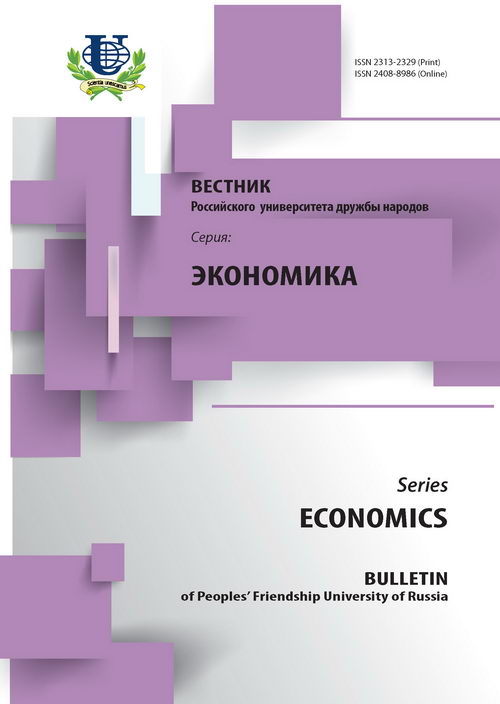AUTOMOTIVE INDUSTRY IN CENTRAL AND EAST EUROPEAN COUNTRIES: MODERN DEVELOPMENT TRENDS
- Authors: Vozmilova SS1, Volgina NA1
-
Affiliations:
- Peoples’ Friendship University of Russia
- Issue: No 1 (2016)
- Pages: 7-21
- Section: Articles
- URL: https://journals.rudn.ru/economics/article/view/12944
Cite item
Full Text
Abstract
In recent years we can observe the dramatic development of the automotive industry in Central and Eastern European countries (CEE). During the period of 2000-2014 the share of CEE countries in the world auto production rose from 1.8% to 5%, and in European production - from 5% to 20% correspondingly. Foreign investment became the main driver of this growth; and the key motives for the process were not only favourable economic factors (production capacity held from Soviet times, relatively low wages of workers compared with their relatively high technical professional skills, good geographical location), but also effective industrial policy by CEE governments. Foreign investors, including Volkswagen, Renault, Peugeot-Citroen, Fiat, GM, Ford, Toyota, Hyundai-KIA, Suzuki, used different methods to enter CEE market - from brownfield investment and M&A to greenfield investment. The authors came to the conclusion that the main feature of the automotive sector in CEE became its export-oriented character, and key development trend - the building-up of value added chains in CEE countries, location of assembly plants (Czech Republic and Slovak Republic are the leaders), and later - suppliers of various levels.
About the authors
S S Vozmilova
Peoples’ Friendship University of Russia
N A Volgina
Peoples’ Friendship University of Russia
References















